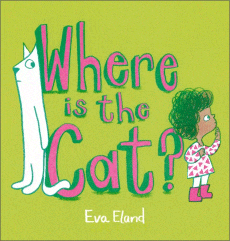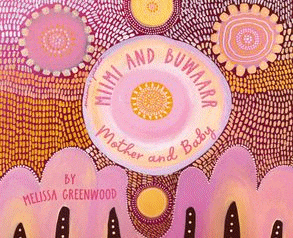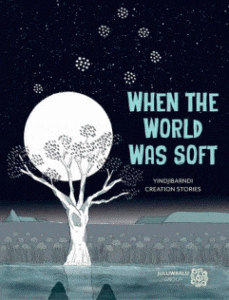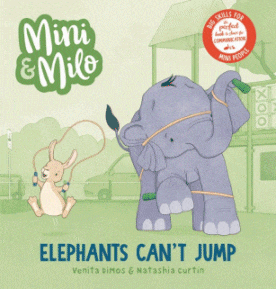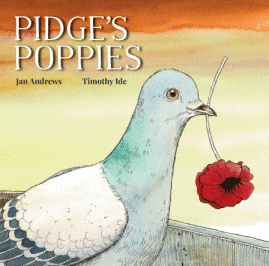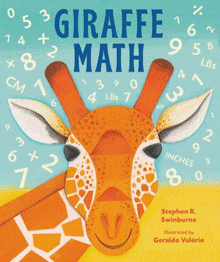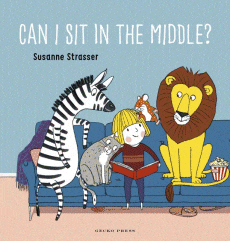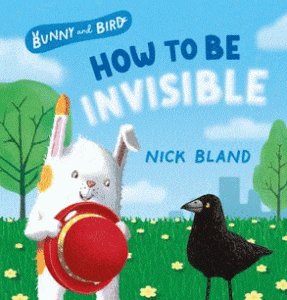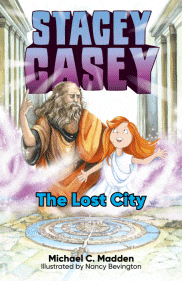
Stacey Casey and the Lost City
Stacey Casey and the Lost City
Michael C. Madden
Nancy Bevington
Big Sky, 2024
164pp., pbk., RRP $A14.99
9781922896667
Stacey Casey’s father is a terrible inventor. But now, despite years of failed inventions, he has created a functioning time machine. But instead of sending him back in time, he turns their entire house into a time machine, transporting everyone and everything in it back into history, although they still have access to parts of 2022 like mobile phones and the internet.
In this, the third episode, while Stacey, her dad and the baby dinosaur have escaped back to 2022 after robbing a bank with Ned Kelly, Oliver was captured by the evil Isla Palmer. But now he has turned up at their home but as an old man… Travelling back to 1964 to rescue him, and to stop an evil woman from stealing a powerful artifact and taking over the world, Stacey and her friends take on a dangerous quest that takes them to a place outside of all time and space as they team up with the world’s most famous philosopher, Plato, to explore the lost city of Atlantis. And somehow, they have a dinosaur to return to its mum…
This is a series best read in order so there is continuity of the narrative but it is one that will appeal to those who prefer to go back in time rather than forward for their reading matter. Atlantis, a mythical island in the Atlantic Ocean born in the imagination of Plato has always held intrigue for many, and this story may even inspire young readers to delve deeper into its origins, opening up new reading horizons.
